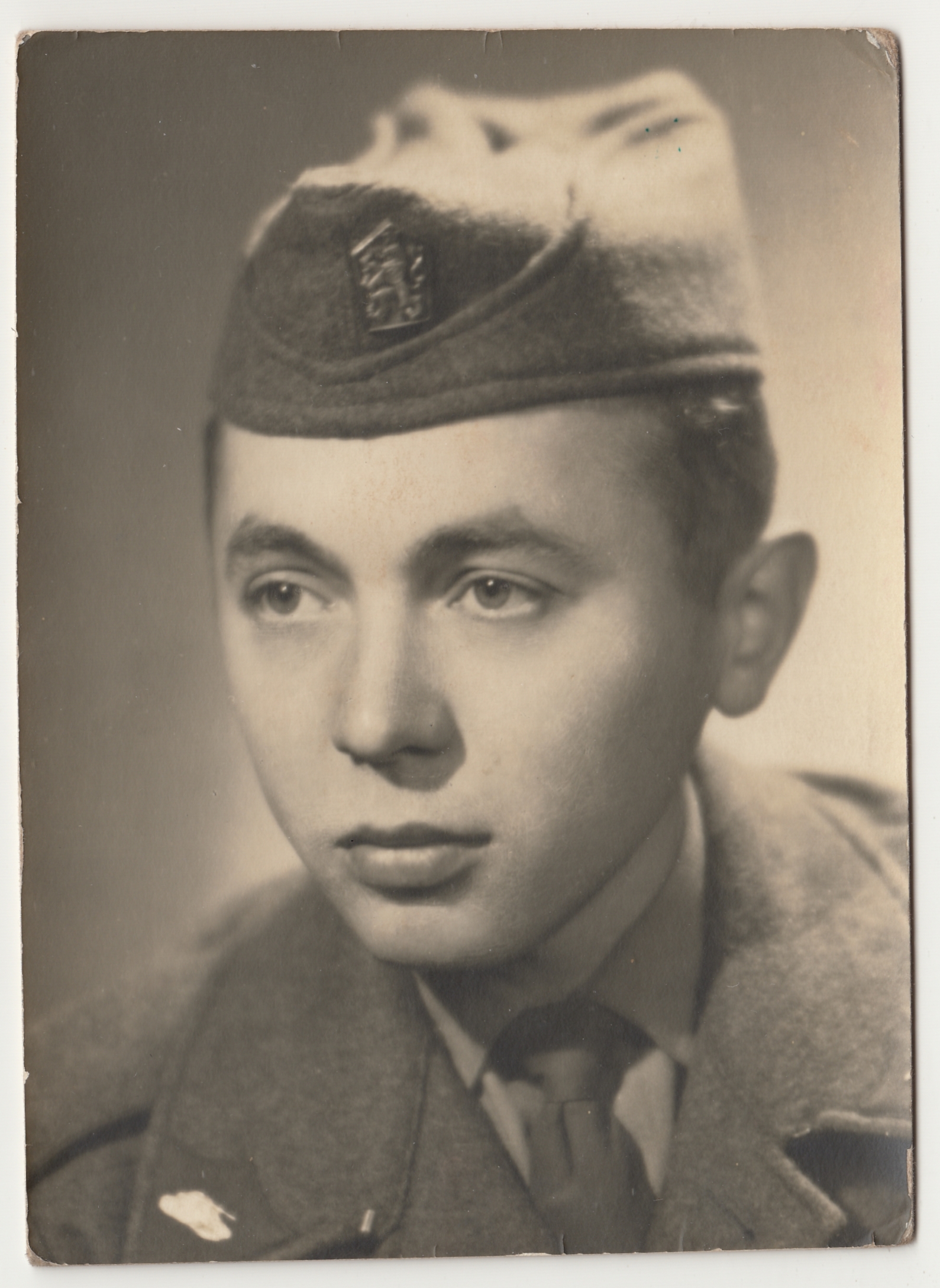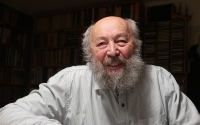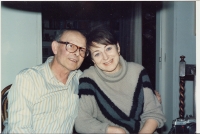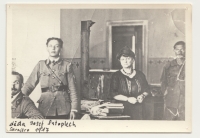He made films about Czech hippies and the underground

Download image
Ferdinand Čermák was born on January 26, 1941 in Prague. His father was a photographer, deployed to work in Germany during the war. His mother worked in a chocolate factory, later in the storage room of today’s Masaryk railway station. Her parents divorced after the war. His father emigrated to the West after February 1948 and became a courier in the service of the CIC intelligence agency. He was arrested on his way to Czechoslovakia, but was saved from prison by signing a cooperation agreement with State Security. In 1968 he emigrated to London. Ferdinand Čermák trained as a tailor and worked for some time at the Clothing Service. Then he went to work for ČKD Sokolovo, where he was a crane operator. After the military service (with the tankers in Holýšov near Pilsen) he returned to Prague and worked in the construction industry. He tried to get into high school so that he could apply for the FAMU exams. However, he did not get a recommendation from his employer in Prague, so he moved to Litvínov. Eventually, he graduated from high school in Most and began working at the museum in Teplice, where he became involved because he signed a petition against the occupation of the Czechoslovak Socialist Republic in August 1968. In January 1969, Ferdinand Čermák emigrated to the Federal Republic of Germany, but returned to Czechoslovakia in July due to his mother’s health. From 1970 he worked as a photographer for the Most Museum. It was then that he experienced his first problems with State Security, as he photographed the liquidation of the old town of Most, during which the occupying Soviet soldiers looted abandoned houses destined for demolition. He also began to make films about Czech hippies and the underground, as well as portraits of artists, such as the painter Jindřich Los, and chartists in Most. He propagated Christian samizdat and exile literature, and participated in events of the North Bohemian underground at the barracks of František Stárek, “Čuňas”, and Miroslav Skalický, “Skalák”. State Security therefore paid intense attention to him. He survived interrogations and searches, and eventually, through trumped-up charges, he was accused of producing pornography. Under pressure, he had to leave the museum and was convicted in 1978. He served his imprisonment in Pankrác, where he sorted postcards, and in Bory, where he glued envelopes and worked with scrap metal. Ferdinand Čermák was released in 1982. He made his living as a lifeguard at the Džbán swimming pool in Prague and also as a driver for the Funeral Service in Karlín. In 1987, he and his wife left Czechoslovakia and emigrated to Austria via Yugoslavia. Ferdinand Čermák stayed at home with his young children, his wife worked in education. He received an award as a participant of the anti-communist resistance.



















